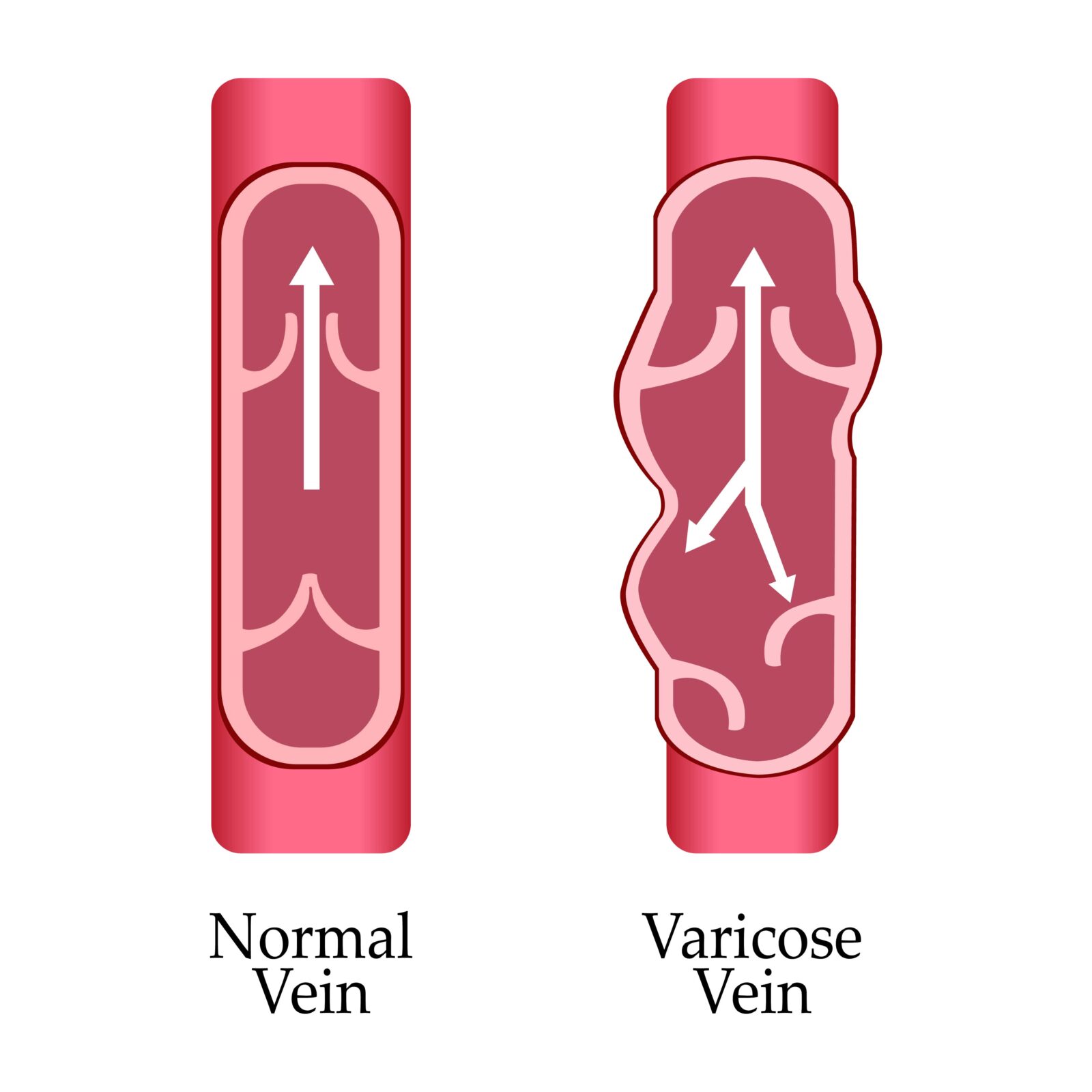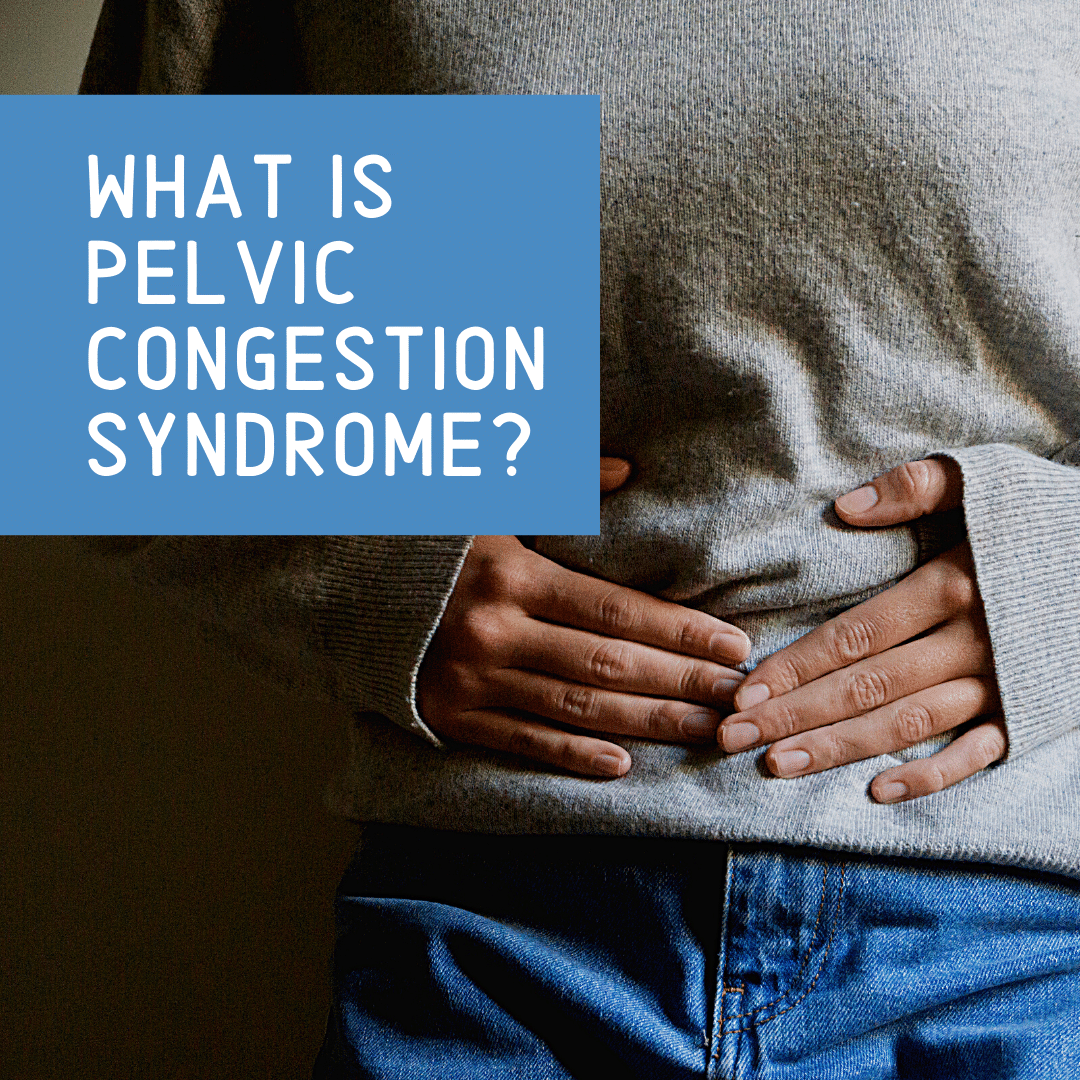Do you experience pain in your pelvic area? Are you having trouble getting pregnant? You may be suffering from Pelvic Congestion Syndrome. PCS is a condition that affects millions of women each year, causing pain and infertility. Unfortunately, many women do not know what it is or how to treat it. In this blog post, we will discuss everything you need to know about pelvic congestion syndrome.
What is PCS?
PCS is a condition that occurs when veins in the pelvis become enlarged and congested with blood. These veins, known as varicose veins, are twisted, swollen, or lengthened, which prevents blood from flowing properly. This can cause a dull, chronic pain in the pelvic area that gets worse in the evening, during or after sex, in the days leading up to menstruation, in the late stages of pregnancy, and after standing for extended periods of time.

PCS can also cause other symptoms like:
- fatigue
- back or hip pain
- bloating
- abdominal tenderness
- trouble urinating
- pain and abnormal bleeding during menstruation
- abnormal vaginal discharge
- swelling of the vagina or vulva
- irritable bowel symptoms
- varicose veins around the buttocks, legs, and vulva
PCS is often mistaken for other conditions like endometriosis or pelvic inflammatory disease. The main difference between PCS and other conditions like pelvic inflammatory disease (PID) and endometriosis is that PCS is a vein disorder, while PID and endometriosis are both organ disorders. PCS is caused by enlarged, twisted, or lengthened veins in the pelvis, which prevents blood from flowing properly. Endometriosis is a condition that occurs when tissue that normally lines the inside of the uterus grows outside of the uterus. Finally, PID is an infection of one or more of the reproductive organs.
What are the Risk Factors for PCS?
There are several risk factors for developing PCS. These include being pregnant, having multiple pregnancies, being overweight or obese, having a history of pelvic surgery, and taking certain hormones (like birth control pills). PCS is also more common in women who have a family history of the condition.
Out of all the risk factors, pregnancy is one of the most common causes of PCS. This is because pregnancy causes the uterus to expand, which puts pressure on the pelvic veins and can cause them to become enlarged. In addition, pregnancy hormones can relax the walls of the veins, which also contributes to vein enlargement. Ultimately, these changes can lead the vessels in the pelvic region to become varicose.
How is PCS Diagnosed and Treated?
To diagnose PCS, your doctor will likely perform a physical exam and order tests like an ultrasound, laparoscopy, CT scan, venogram, or MRI. In many cases, more than one test will be needed to properly diagnose PCS. The diagnosis process normally begins with an ultrasound, then other tests may be done.

Once your doctor has diagnosed you with PCS, there are several treatment options available. There is no cure for PCS, however treatments can usually alleviate symptoms. Treatments for PCS include:
Hormone Therapy
One option is hormone therapy. Estrogen affects the walls of blood vessels, causing them to become thinner and more elastic. This helps blood flow more easily through the veins and reduces the risk of vein congestion. Since hormonal changes can exacerbate symptoms of PCS, hormone therapy can regulate hormone levels to help alleviate symptoms.
Ovarian Vein Embolization
Another option is ovarian vein embolization. Ovarian vein embolization is a procedure that involves injecting small particles into the ovarian veins to block them. This prevents blood from flowing through the damaged veins and reduces the amount of pressure on them. This, in turn, can help reduce symptoms of PCS. Ovarian vein embolization is a relatively safe and effective treatment for PCS. It is often recommended in cases where hormone therapy is not effective.
Surgical Removal of Damaged Veins
In some cases, surgery may be necessary to remove damaged veins. This is usually only done if other treatments have failed to improve symptoms. Surgery for PCS is typically done using a laparoscope, which is a small camera that is inserted into the abdomen through a small incision. The surgeon will then locate and remove the damaged veins. Surgery is usually only recommended in severe cases of PCS.
In Conclusion
In this blog, we have discussed everything you need to know about Pelvic Congestion Syndrome: what it is, its symptoms, risk factors and causes, and how it is diagnosed and treated. PCS is a condition that affects the veins in the pelvis and can cause pain, discomfort, and other symptoms. If you think you may have PCS, be sure to speak with your doctor. They will likely order tests to confirm the diagnosis and develop a treatment plan that is right for you.












